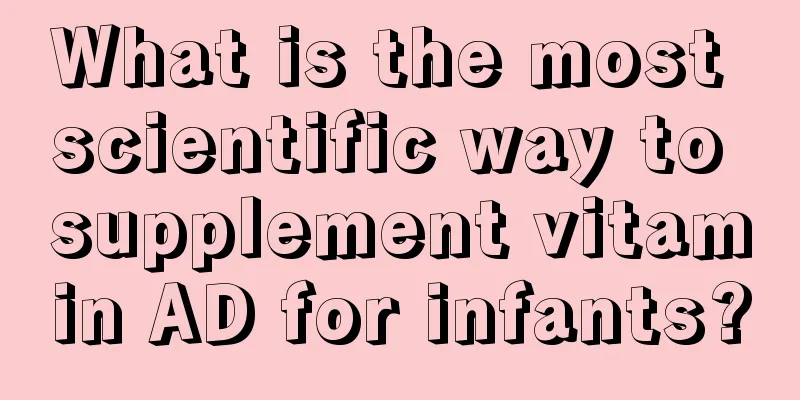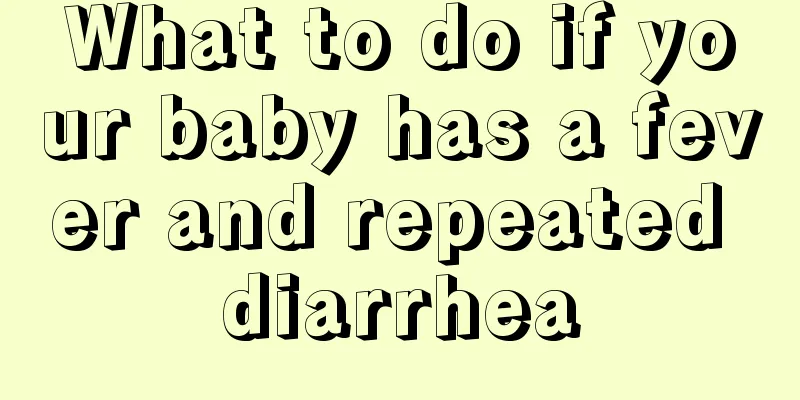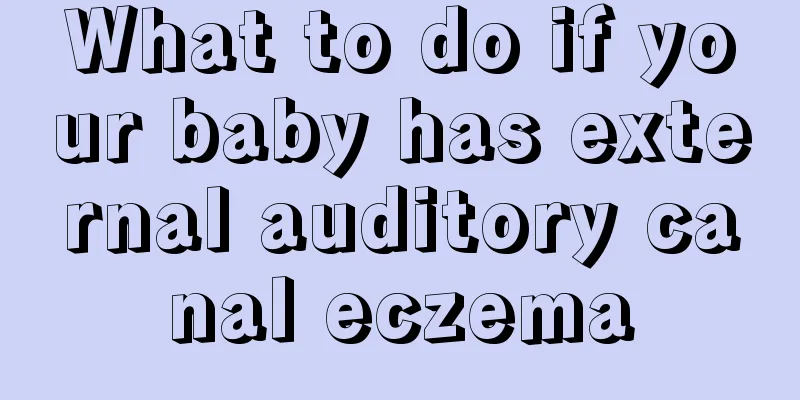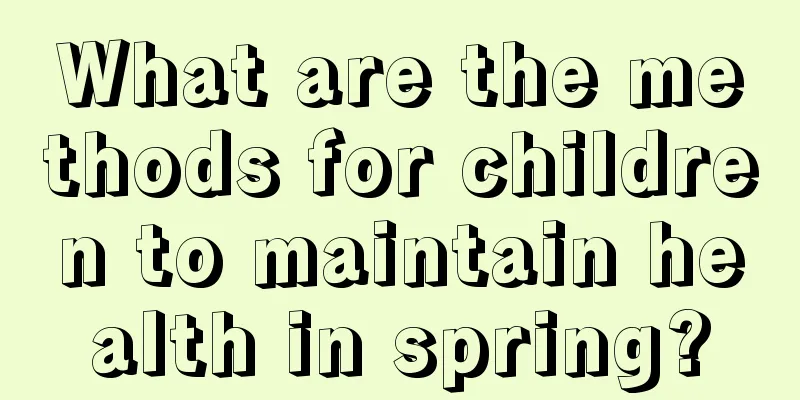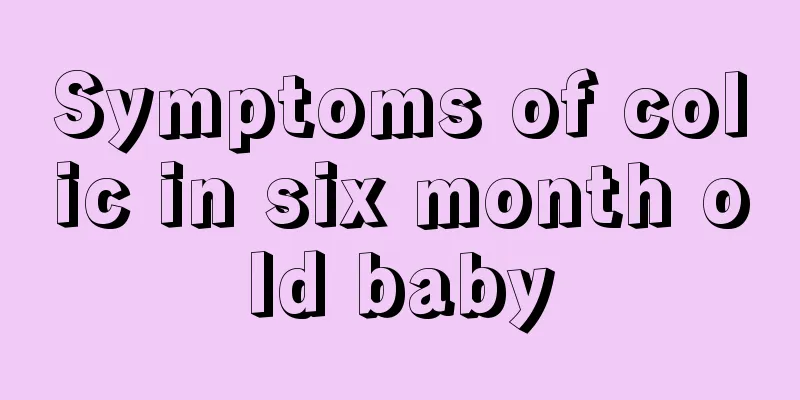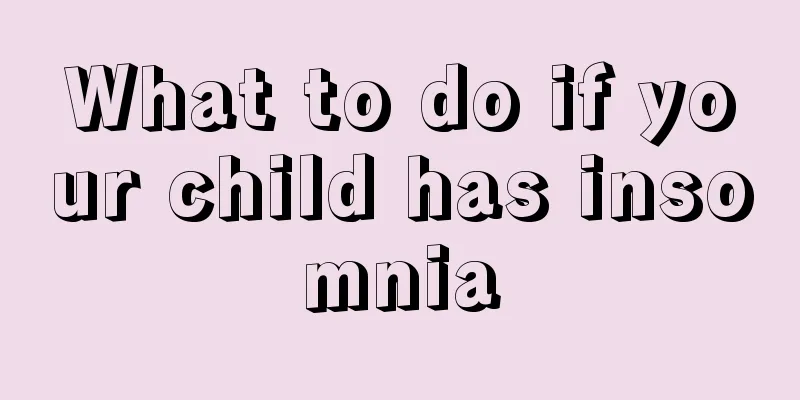Early symptoms of pneumonia in children
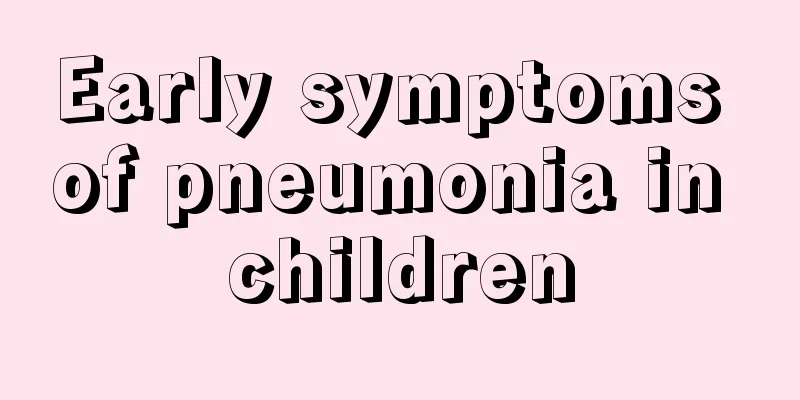
|
Pediatric pneumonia is a common pediatric disease. If many children cough frequently, they will develop bronchopneumonia. In severe cases, it will turn into myocarditis or even develop asthma. Once it develops into asthma, it will be difficult to treat. Many parents are accustomed to misinterpreting their children’s cough as pneumonia. Once their children start coughing, they will give them an IV drip and treat them for pneumonia. In fact, there is a difference between pneumonia and cough. Can pneumonia be simply understood as cough? Some doctors even understand asthma as pneumonia to treat patients. Can cough be simply treated as pneumonia? So, what are the symptoms of pneumonia? The main symptom of pneumonia in children is cough, often accompanied by sputum, wheezing, and fever 1. Cough: 99% of pneumonia causes cough, but cough is not always caused by pneumonia. Pharyngitis, bronchitis, etc. can also cause cough. 2. Coughing up phlegm: There is no coughing up phlegm in the early stage of pneumonia, mostly dry cough. Coughing up phlegm will appear in the middle stage and recovery stage. Some babies can hear phlegm in their throats, but their cough is not obvious. This is more common in fatter babies. 3. Wheezing: It is related to individual constitution and the pathogens of infection. Not all pneumonia patients will suffer from wheezing. 4. Fever: Pneumonia in children, especially those under 2 years old, rarely causes fever. Pneumonia fever is more common in older children. The severity of the disease can vary greatly, with older children generally having milder symptoms and infants and young children more likely to have severe cases. 1. Incubation period Most of the time it takes 2 to 3 days or slightly longer. 2. Mild symptoms If there are only nasal symptoms, such as clear runny nose, nasal congestion, sneezing, etc., or tears, slight cough or throat discomfort, they can heal naturally within 3 to 4 days. It starts with frequent irritating dry coughs, followed by phlegm sounds in the throat, and the cough may be accompanied by vomiting and choking on milk. If infected, the nasopharynx and pharynx are often involved, and there are often fever, sore throat, tonsillitis, and congestion and hyperplasia of the lymphatic tissue on the posterior pharyngeal wall. Sometimes the lymph nodes may be slightly swollen. Respiration is shallow and rapid, with nasal flaring, and some children have mild cyanosis around the mouth and nails. In addition to respiratory symptoms, children may also have systemic symptoms such as mental depression, irritability, loss of appetite, shivering, and diarrhea. It can easily cause vomiting and diarrhea in infants and young children. Most cases have a high fever, which can last from 2 to 3 days to about a week. After understanding the symptoms and causes of pneumonia, we should have the ability to diagnose some common diseases. When a child has a cough, we should first determine the cause. If it is simply caused by a cold, it is not pneumonia. If the child's cough is accompanied by a fever, he should go to the hospital for examination and take medicine as instructed by the doctor. |
<<: Self-treatment for ADHD in children
>>: Asthmatic bronchitis in children
Recommend
What causes children to grind their teeth at night?
For children, good sleep is the key to ensuring d...
Why does a newborn baby wake up from sleep?
Everyone knows that there are many problems for n...
At what age should babies start brushing their teeth?
As the baby grows, his teeth will gradually grow ...
How to pay attention to children's eye hygiene
In recent years, many children have been found to...
Malnutrition grades in children
Childhood malnutrition can be said to be a proble...
Drool rash in children
Children basically wear a bib on their chest, whi...
Newborn baby girl's lower body red
What is the reason for a newborn girl to have red...
One-year-old baby with developmental delay
We all know that normally at the age of one, the ...
Baby's runny nose turns from clear to yellow
Changes in weather often cause our babies to catc...
What are the benefits of drinking water for children
The first cry of a baby coming into this world br...
What to do if the baby's back of the head is bulging
For many newborns, the bones of the head are rela...
Tips for dealing with itchy eyes in children
Tips for dealing with itchy eyes in children: 1. ...
Can sinusitis in children cause coughing?
Children are prone to sinusitis, so they need to ...
What to do if your child's handwriting is ugly
Children nowadays have been exposed to writing si...
What to do if your baby refuses to eat
When babies refuse to eat, it is a matter of conc...
